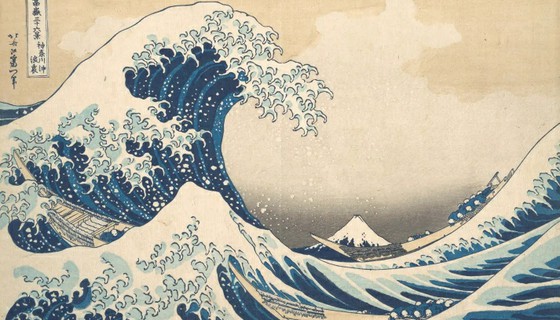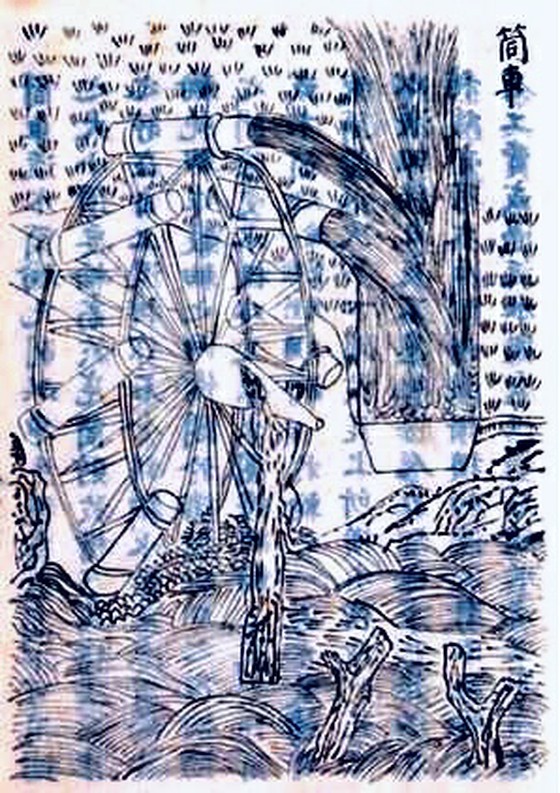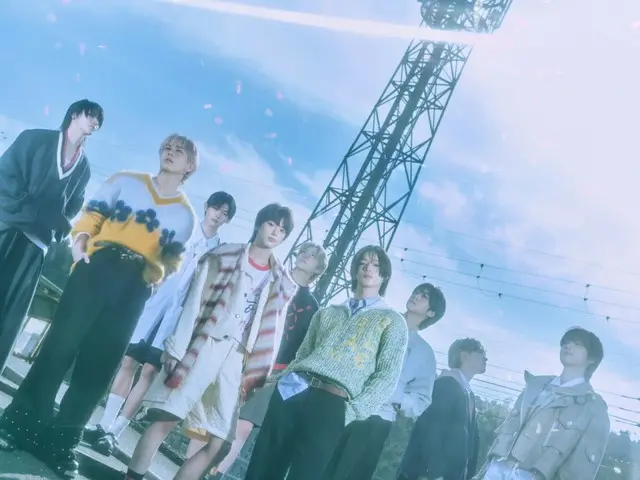  |
Japan in the Edo period (1603-1867) was the only country in the history of the world to enjoy Taihei Tenka (Peaceful reigns over the country) for more than 260 years without any major wars. Edo is now Tokyo.
● The highest literacy rate in the world
Japan's literacy rate has been the highest in the world for hundreds of years. Looking at the Edo period (1603-1867), almost 100% of the samurai were able to read and write characters. Even among the common people, 49-54% of men were literate.
In the Edo period, less than 10% of the lower class in Britain could read and write in the London area. In Japan during the Edo period, the school enrollment rate of the common people was the highest in the world along with the literacy rate. The enrollment rate in Edo around 1850 was 70-86%, and it was rare for both men and women to live in downtown and not study.
In areas such as Nihonbashi, Akasaka, and Hongo, there are records that more girls studied than boys. At that time, "Terakoya (a private educational institution where children of the common people of Edo attend)" was not compulsory education. The "Terakoya" system was spontaneously generated by the enthusiasm of the common people, and is a rare case in the world.
At that time, Japan did not follow the idea that "important things must be solved by the state (government)", and if it is important to themselves, they would operates autonomously. Thinking that it was natural.
In contrast, the enrollment rate in Great Britain's industrial cities around 1837 was only 20-25%. Even in the Victorian era of Britain's heyday in the mid-19th century, it is known that the literacy rate of the lower London class was only around 10%. In France, primary education tuition was free in 1794, but the enrollment rate for 10-16 year olds was only 1.4%.
Many foreigners were surprised at the high literacy rate in Japan and left a record of this. Admiral Perry, who led Kurofune from the United States to Japan in 1853, wrote in his diary (Japan Expedition) that "Japan is enthusiastic about reading and writing texts and gaining insight." Perry was surprised that bookstores existed even in the countryside of Japan at that time, and that Japanese people liked reading.
The Prussian Navy's "Reinhold Werner" (Captain Elbe), who visited Japan to conclude a commercial treaty in 1860, wrote in his voyage:
Children seem to be 7 or 8 years old, but they are learning early. School education for the people was more widespread than in China. Unlike China, where most of the people attend school for boys, in Japan, like China, girls are studying even though there are only private schools. In Japan, lower-level girls who do chores also write sentences and exchange letters with each other, and even lower-level manual workers can read and write, which was surprising. Regarding Japanese people's education, it was observed that only 1% of illiterate people cannot read or write sentences at all. Which country in the world can claim this (1% illiterate rate)?
Nikolai, a Russian Orthodox missionary who was assigned to Japan as the chief priest of the Russian Consulate in Hakodate in 1861, stayed in Japan for eight years. After returning to Japan, he wrote about Japan in the Russian magazine "Russian Report".
Almost the same level of education is provided across all levels, regardless of region. In Japan, "Confucius (Confucianism)" occupies a large part of the learning knowledge, but Japanese who have completed the study memorize every word, and even the lowest-ranked ordinary people memorize the contents. No matter which downtown or mountainous area I went to, there were no cases where historical figures such as Yoritomo, Yoshitsune, and Kusunoki Masashige were unknown. Estimated by the number of people who can read and write, Japan is second to none in Western Europe. The Japanese were really enthusiastic about learning.
The German archaeologist Schliemann, famous for his excavation of the Troy ruins, wrote in his book the impression he received when he visited Japan in 1865.
Education is carried out above the standards of European civilized nations. In other Asian countries, including China, girls are left ignorant, whereas in Japan all girls and boys can read and write "kana (Japanese characters)" and Chinese characters.
● The world's largest urban population
- Paris, France (around 1802) Population: 620,000
- London, UK (c. 1801) Population: 860,000
- Japan Edo (around 1725) Population: 1.12 million
→ Edo at that time was the best city in the world
● The highest school enrollment rate in the world
- UK enrollment rate (around 1837): 20-25%
- French enrollment rate (around 1793): 2%
- Edo period enrollment rate in Japan (around 1850): 85%
● World's best hygiene (cleanliness)
- In the 1800s, European rivers such as the Thames in the United Kingdom were heavily contaminated with various excrement and were unclean, causing infectious diseases.
- On the other hand, the rivers in Edo in Japan at that time were beautiful. The reason is that the excrement is an excellent organic fertilizer containing "nitrogen" and "phosphorus", and the excrement was traded at a high price in Japan at that time. The price of excrement soared, and the Shogunate later enacted and promulgated a decree that forced the government to intervene and reduce the price of excrement.
→ German archaeologist Heinrich Schliemann, who visited Japan during the Edo period, said, "There is no doubt that the Japanese are the cleanest people in the world."
● The best water services in the world
- Wells usually pump groundwater. But in Edo it was a little different. Since Edo was formed as a landfill, it was difficult to use groundwater as drinking water. Against this background, a "water supply facility" was constructed to draw water from rivers.
Wooden water pipes (wooden tubs, wooden streets) are installed in some places, and the water drawn through such water pipes is stored and used in storages.
- The total length of water pipes in Edo City at that time reached 150 kilometers. However, water services in the Edo period were not free. Water charges were set according to status. In the case of samurai, water charges were set discriminatory according to Kokudaka (rice yield). For ordinary status such as other merchants, water charges were set according to the size of the house in which they live (the size of the house in the place of residence at that time was 11 sentences per unit).
- By the current standards, in the case of medium-sized apartments, a charge of about 400 yen was set at the current value. However, this charge was not monthly, but annual. You only had to pay once a year and you were done. Ordinary Japanese in Edo paid only about 400 yen a year and were able to use the convenient water supply to their heart's content.
- At that time, the water supply in London, England was supplied only 3 days a week, 7 hours a day, and in Edo, Japan, it was supplied 24 hours a day, all year round.
● Report of Koreans dispatched to Japan in the 15th century and returned to Japan
A person named "Park Mizuo (the position of Shosanshin Daijisei)" who was dispatched to Japan as an envoy in December 1428 and returned to Japan in December 1429 was King Sejong (*10,000 won in South Korea who made Hangul characters. Part of the contents of the "Report on Japan" given to the person on the bill).
1.There is no example of using a water wheel in Korea, and when the party tried to understand the principle, Japanese water wheels use the power of falling water to pump water by rotating the water wheel naturally, and the fields. It is said to supply water to Japan. The flow of rivers in Japan is weak, but if you build a water wheel like Japan does and step on it to pump water, you will be able to significantly reduce human power compared to using a fishing bottle. He drew the appearance of a Japanese water wheel, thinking it would be good to make it as it is and use it.
2.Unlike we mainly barter cotton cloth and grains, Japan generally uses coins, so even those who travel far away hang only copper coins on their waists without bringing food. I will go on a trip. In addition, there is a facility (ryokan) along the road where travelers can eat and sleep, and welcome travelers as guests. The owner of the inn will provide convenience to guests according to the value equivalent to the coins received from the traveler. Residents living on the riverside connect ships to each other to build a bridge, receive money from people who cross the bridge, use it as a living expense, and also use it as a cost to repair the bridge. Japan has become accustomed to using coins for everything from land taxes to tolls, and there is no need to take the hassle of traveling far away with heavy luggage.
3.Each house has a bathroom, and each town has a public bath (public bath), and residents pay money to use the public bath conveniently. In Japan as well, we will set up bathrooms at medical institutions such as Saiseiin and Keimin Bureau, and at Hirotsu Bridge and local clinics where many people go, to clean people's bodies and learn how to spend money.
4.In the Japanese shopping district, each merchant puts a sign on his shop, makes a display stand and displays the products on it, and the customer can check the products and conveniently select and buy them. Anyone could freely buy the displayed products, regardless of the status of the customer. Our Korean market does not distinguish between dry and wet items, and sells all fish, meat, vegetables, etc. on the ground as they are, and passers-by sit on or step on the items and pass by. Sometimes. In the future, by installing a display stand at the store from Jongno to Hirohashi and giving it a product name, it will be displayed so that it is easy to identify which product is on which display stand, and customers can conveniently look at the product and choose to buy it.
(Sejong Vol. 46, 11th year (1429 / Xuande 4th year) December 3rd
2021/09/27 21:35 KST


